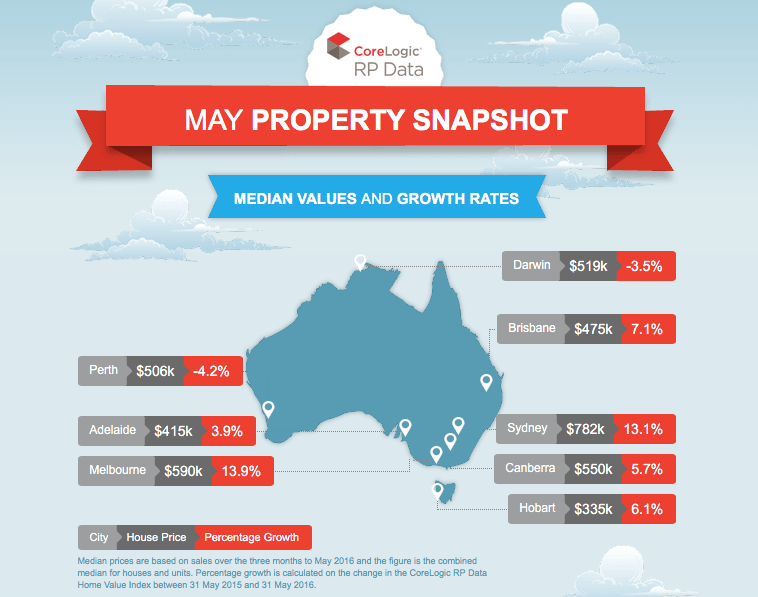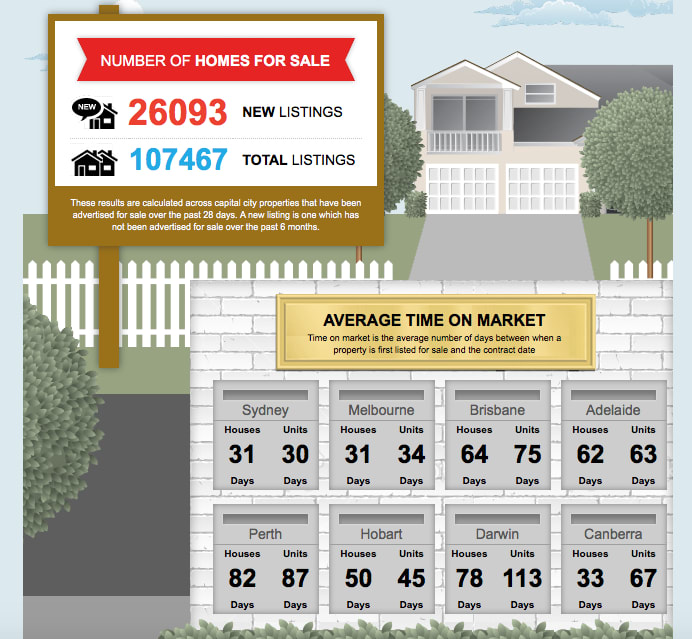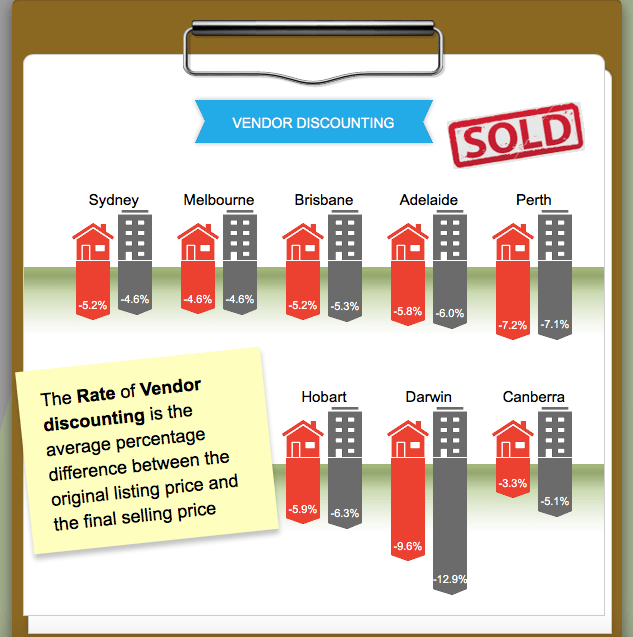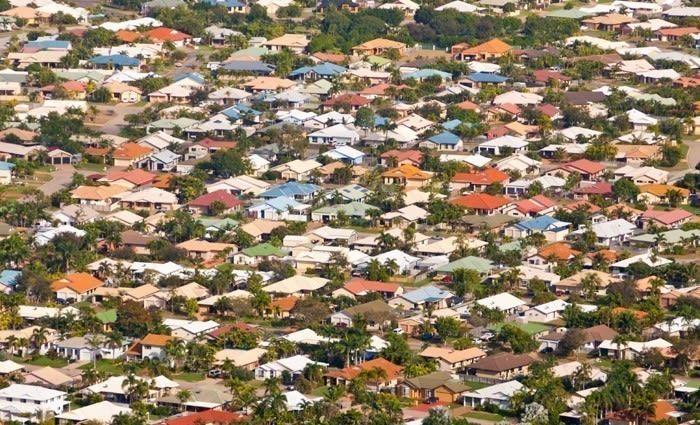Upturn on slowing investment housing demand: Tim Lawless
GUEST OBSERVER
The ongoing diversity in the housing market highlights the different growth drivers that are evident from region to region.
The economies of Sydney and Melbourne remain relatively sheltered from the downturn in the resources sector and have benefited from a very healthy services sector and positive population inflows while the mining states and territories are experiencing softer economic conditions and a sharp wind down in population growth, particularly from overseas migration.
The annual expansion in investor related housing credit has now dropped to a pace that is much lower than APRA’s mandated 10 percent growth per annum, while credit growth for owner occupiers is expanding.

With many banks now placing a premium on investment mortgage interest rates and also increasing mortgage rates and serviceability limits on all mortgages we have seen investment housing demand slow however, there has been a slight up-tick in demand from this segment over recent months.
It’s important to note, however, that lenders have been reclassifying existing mortgages from investment purposes to owner occupation, which is likely to be having an impact on the figures. Some lenders have recently relaxed previous restrictions on investors which could result in a rebound in demand from this segment over coming months.

The cumulative effect of tighter lending conditions, more expensive mortgage rates for investors and lower yields, as well as natural affordability constraints and higher levels of new housing supply, is likely to continue to impact the Sydney housing market resulting in a further slowdown over the year.
It is also expected that as the year progresses the rate of home value growth in Melbourne will also slow however, the slowdown is likely to be more moderate than the slowing in Sydney, at least during 2016. South-East Queensland looks set to see further increases in housing demand and potentially stronger value growth throughout the year.
Hobart and Canberra also appear better set for value growth over 2016 due to improving housing and economic conditions and relatively more affordable housing compared to Sydney and Melbourne. Adelaide is likely to show only moderate rates of value growth this year. In the meantime, we anticipate that values will continue to fall in trend terms throughout 2016 in Perth and Darwin.

Tim Lawless is head of the CoreLogic research and analytics team and can be contacted here.
